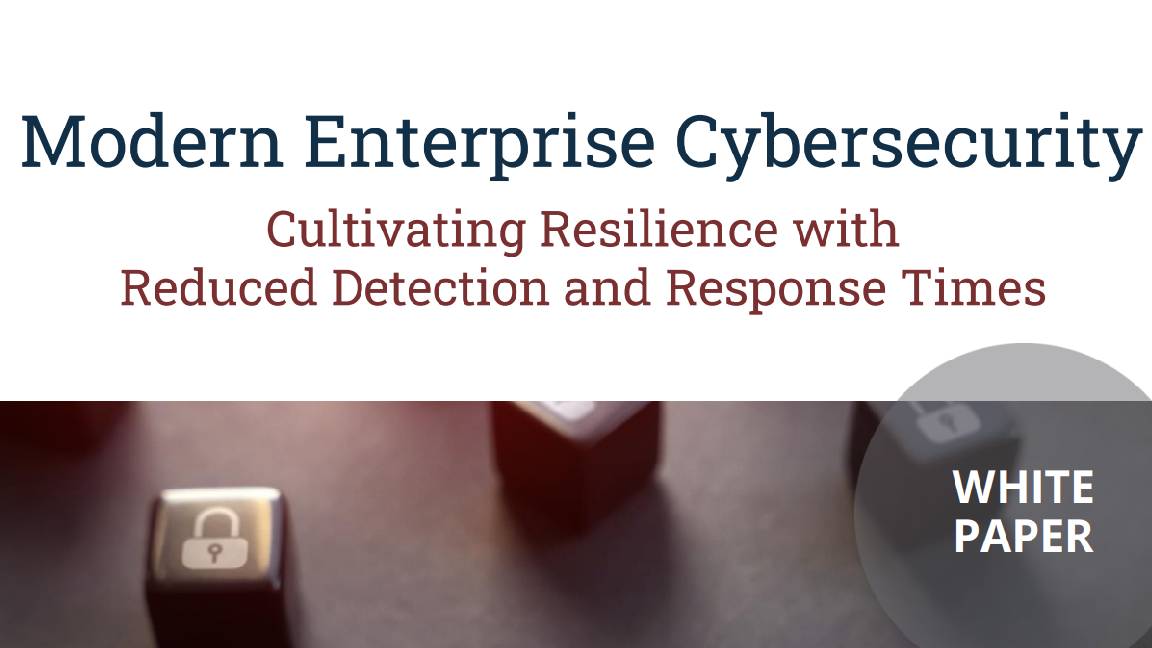Software security ‘overhauled for the better’ thanks to US legislation
The requirements around necessitating a software bill of materials have driven positive changes in both the US and UK


Software development has been transformed since the introduction of the Biden administration’s executive order (EO) to improve cyber security across the US.
The EO was designed to bolster defenses against cyber attacks and was primarily focused on federal agencies and contractors. However, research has shown that it has impacted organizations in both the US and UK.
A key tenet of the order was a requirement for companies to implement a software bill of materials (SBOM) to ensure robust cyber security hygiene.
More than three-quarters (76%) of enterprises surveyed in the UK and US have since adopted an SBOM, and 16% plan to in the future, Sonatype revealed in its latest research.
Only 4% reported that an SBOM had been adopted more than three years ago, indicating how rapidly things have changed.
RELATED RESOURCE

The board's evolving perceptions of cyber risk
78 global CISOs share their recommendations on how to communicate cyber risk as business risk to their C-suite peers and the board.
SBOMs are also becoming an essential procurement requirement, underlined by 60% of respondents reporting that they were required to complete business deals. Just over a third (37%) said they plan to add the requirement in the future.
The survey results, from 217 cyber security directors in companies with revenues of more than £50 million or $50 million in the UK and the US respectively, showed that proper security hygiene is increasingly tied to commercial opportunities as well as government work.
Sign up today and you will receive a free copy of our Future Focus 2025 report - the leading guidance on AI, cybersecurity and other IT challenges as per 700+ senior executives
However, the figures also indicated nearly a quarter of respondents are yet to adopt SBOMs.
The reasons for this were varied; almost half said they needed to gain a better understanding of how to implement them or their benefits, while others noted concerns around cost, and nearly a third (32%) reported that they simply needed more staff.
Brian Fox, CTO and co-founder at Sonatype, described SBOMs as just the first step to cyber resilience and noted that more work would be needed, including investment in software composition analysis tools.
What is a software bill of materials?
An SBOM lists everything that goes into a particular application. As well as the components themselves, it also includes information such as the license version and type, such as open-source or commercial, for example.
Spreadsheets and manual files have also been used but are prone to human error and are unsuitable for larger projects that would benefit more greatly from an automated approach - potentially as part of the CI/CD pipeline.
While SBOMs are not a new concept, the high-profile vulnerability in the popular Java logger Log4j highlighted the importance of knowing what is in one’s software supply chain and being prepared to deal with or mitigate the potential impact of breaches.
Despite the signing of the executive order and the implementation of SBOMs by some enterprises, the Log4j vulnerability demonstrated that there remains work to do in order to ensure software supply chain security.
The US has continued to work to bolster security and published the National Cybersecurity Strategy in March 2023. The EU proposed its own Cyber Resilience Act in 2022, highlighting the importance placed on security in both regions.

Richard Speed is an expert in databases, DevOps and IT regulations and governance. He was previously a Staff Writer for ITPro, CloudPro and ChannelPro, before going freelance. He first joined Future in 2023 having worked as a reporter for The Register. He has also attended numerous domestic and international events, including Microsoft's Build and Ignite conferences and both US and EU KubeCons.
Prior to joining The Register, he spent a number of years working in IT in the pharmaceutical and financial sectors.
-
 2025 marked the beginning of the end for OpenAI
2025 marked the beginning of the end for OpenAIOpinion OpenAI has its fingers in too many pies and it’s rapidly losing favor with consumers and enterprises alike
-
 The changing role of the MSP: What does this mean for security?
The changing role of the MSP: What does this mean for security?Industry Insights Smaller businesses are more reliant on MSP support, but this also puts providers under increased scrutiny...
-
 ‘The worst thing an employee could do’: Workers are covering up cyber attacks for fear of reprisal – here’s why that’s a huge problem
‘The worst thing an employee could do’: Workers are covering up cyber attacks for fear of reprisal – here’s why that’s a huge problemNews More than one-third of office workers say they wouldn’t tell their cybersecurity team if they thought they had been the victim of a cyber attack.
-
 "Thinly spread": Questions raised over UK government’s latest cyber funding scheme
"Thinly spread": Questions raised over UK government’s latest cyber funding schemeThe funding will go towards bolstering cyber skills, though some industry experts have questioned the size of the price tag
-
 Modern enterprise cybersecurity
Modern enterprise cybersecuritywhitepaper Cultivating resilience with reduced detection and response times
-
 IDC InfoBrief: How CIOs can achieve the promised benefits of sustainability
IDC InfoBrief: How CIOs can achieve the promised benefits of sustainabilitywhitepaper CIOs are facing two conflicting strategic imperatives
-
 The complete guide to the NIST cybersecurity framework
The complete guide to the NIST cybersecurity frameworkWhitepaper Find out how the NIST Cybersecurity framework is evolving
-
 Are you prepared for the next attack? The state of application security in 2024
Are you prepared for the next attack? The state of application security in 2024Webinar Aligning to NIS2 cybersecurity risk-management obligations in the EU
-
 The economics of penetration testing for web application security
The economics of penetration testing for web application securitywhitepaper Get the most value from your security solution
-
 How to extend zero trust to your cloud workloads
How to extend zero trust to your cloud workloadsWhitepaper Implement zero trust-based security across your entire ecosystem